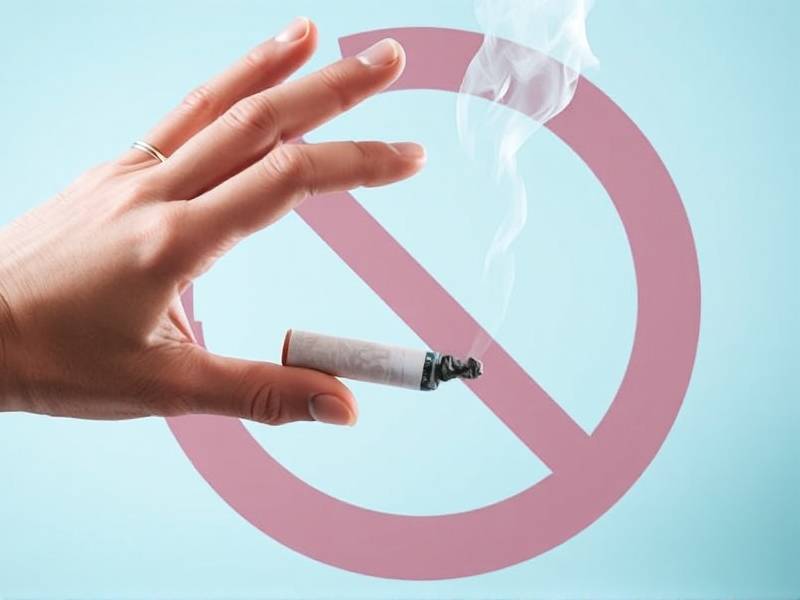Does Quitting Smoking Really Help With Venous Insufficiency?
Does Quitting Smoking Really Help With Venous Insufficiency?
Introduction: Venous insufficiency is a common condition that affects the veins in the legs, leading to symptoms such as swelling, pain, and discomfort. Smoking has been identified as a significant risk factor for venous insufficiency. In this article, we will explore whether quitting smoking can truly help alleviate the symptoms of venous insufficiency.
What is Venous Insufficiency? Venous insufficiency occurs when the veins in the legs struggle to return blood to the heart efficiently. This condition can be caused by various factors, including obesity, pregnancy, and of course, smoking. When veins are compromised due to smoking, blood can pool in the legs, leading to swelling and discomfort.

The Link Between Smoking and Venous Insufficiency: Numerous studies have shown that smoking is a major contributor to venous insufficiency. The nicotine present in cigarettes causes blood vessels to constrict, reducing blood flow and increasing the risk of clot formation. Additionally, smoking can weaken vein walls and damage valves within the veins, further exacerbating venous insufficiency symptoms.

The Benefits of Quitting Smoking: Research suggests that quitting smoking can significantly improve venous insufficiency symptoms. By eliminating nicotine from your body, you can experience several benefits:
- Improved Blood Flow: Quitting smoking helps relax constricted blood vessels and improve overall blood flow throughout your body.
- Enhanced Vein Health: Without the harmful effects of nicotine, your veins can begin to repair themselves and function more efficiently.
- Reduced Risk of Clots: Quitting smoking lowers your chances of developing blood clots in your veins.
- Decreased Swelling: As blood flow improves and vein health is restored, swelling in your legs may decrease.
The Process of Quitting Smoking: Quitting smoking may not be easy for everyone; however, it is essential for those suffering from venous insufficiency. Here are some tips to help you quit successfully:
- Set a quit date: Choose a specific date when you will stop smoking permanently.
- Identify triggers: Recognize situations or emotions that make you want to smoke and develop strategies to cope with them.
- Seek support: Surround yourself with people who support your decision to quit or consider joining a support group.
- Consider alternative therapies: Some individuals find success with nicotine replacement therapy (NRT) or prescription medications designed to reduce cravings.
Conclusion: In conclusion, quitting smoking can indeed help alleviate symptoms associated with venous insufficiency by improving blood flow and enhancing vein health. While it may not be an instant cure for all cases of venous insufficiency, it is an essential step towards improving overall leg health for smokers suffering from this condition.
Remember that seeking medical advice from a healthcare professional is crucial when dealing with any health issue. By quitting smoking today, you are taking an important step towards better health for both your legs and overall well-being!
